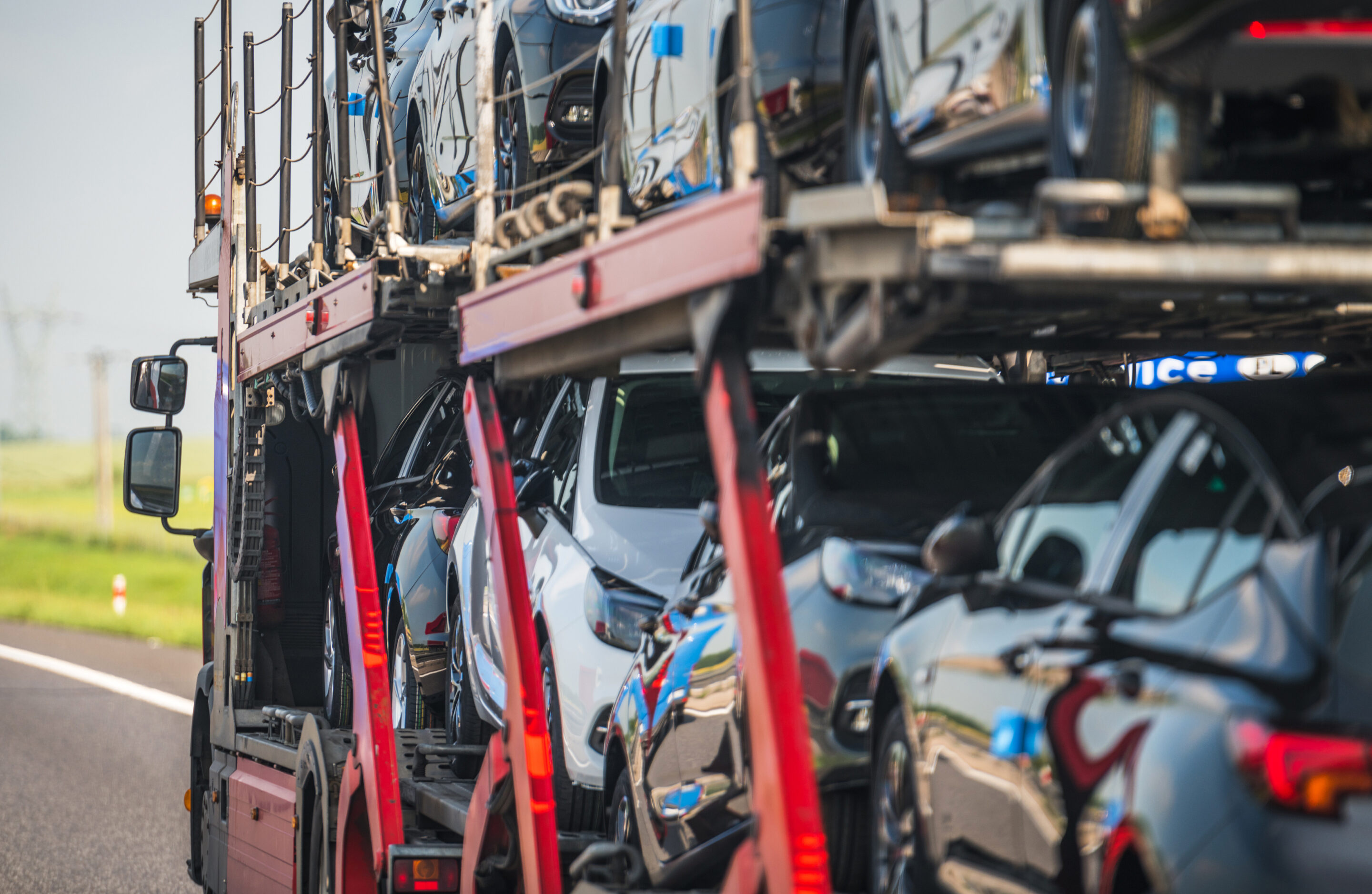If your website traffic has plummeted since April 21, you’re not alone. As a direct result of Mobilegeddon—the name the media gave Google’s recent algorithm change that rewards mobile-friendly websites—more than 40% of top sites could see a drop in their search ranking, according to TechCrunch. For many dealers, the loss of even a few spots, especially those “above the fold” on the first page of search results, can result in missed opportunities and lost revenue.
Despite all the recent discussion about the repercussions of Mobilegeddon, many automotive dealers are still unclear on exactly what steps they should take to keep their websites ranked high in mobile search. To develop a strong digital strategy in a post-Mobilegeddon world, it’s important to gain a deeper understanding of what makes a website truly optimized for mobile.
Mobile-First Website Design
Traditionally, websites have been adapted for mobile by starting with a full-size desktop version, then stripping away key features in order to fit on smaller screens. As a result, the integrity of the website is compromised when viewed on a tablet, and its functionality is limited even further when viewed on a mobile phone. These so-called adaptive websites can deter users by making content less enjoyable to consume—which can greatly harm a website’s ranking in search.
It’s more important than ever for dealers to leverage a responsive website design to deliver a higher quality experience for mobile users. This means building the mobile version of a website first, then adding features for larger screens—not the other way around. By enabling users to find the information they need any time and on any size screen, dealers can deliver a fully immersive mobile experience. A website design that makes content accessible is a key step in any mobile-first marketing strategy.
Click below to read the full article:








